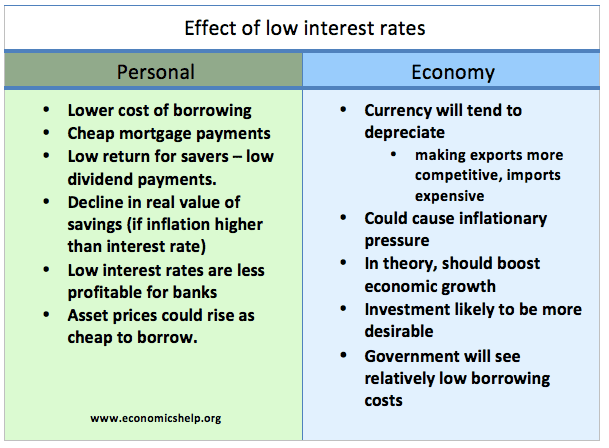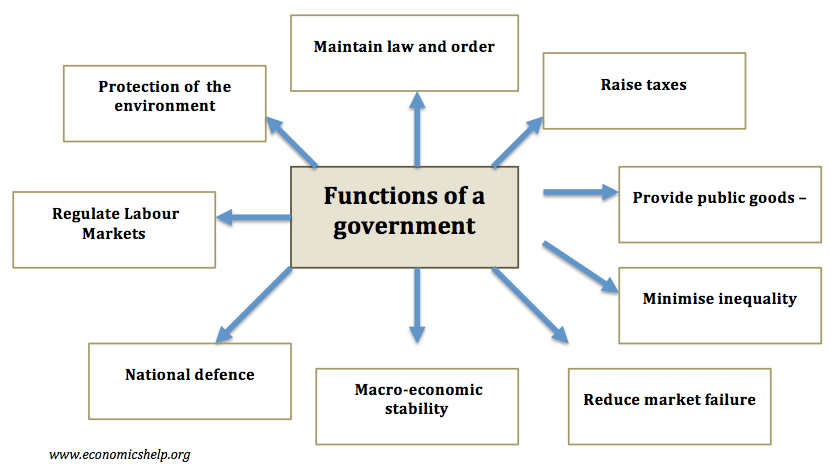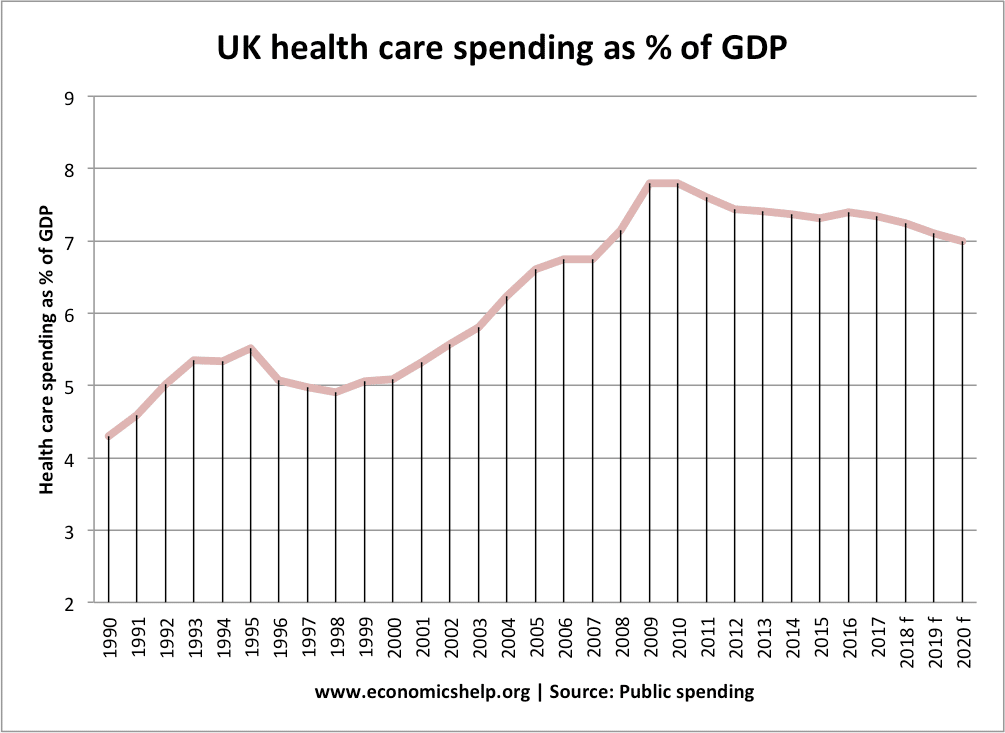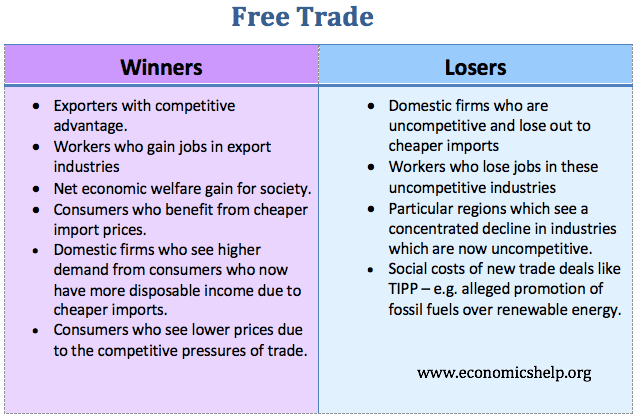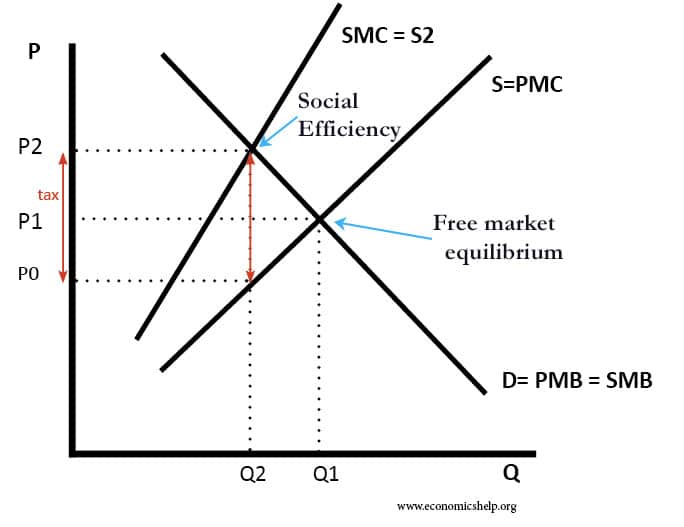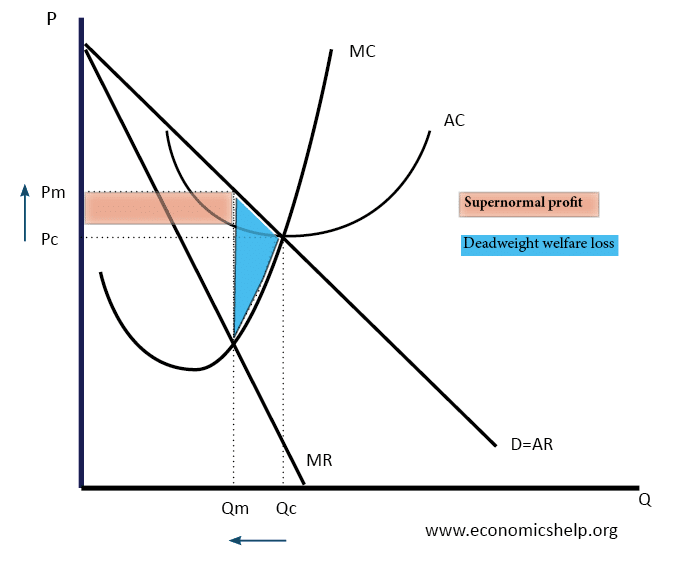Effect of lower interest rates
A look at the economic effects of a cut in interest rates. Summary Lower interest rates make it cheaper to borrow. This tends to encourage spending and investment. This leads to higher aggregate demand (AD) and economic growth. This increase in AD may also cause inflationary pressures. In theory, lower interest rates will: Reduce the …

